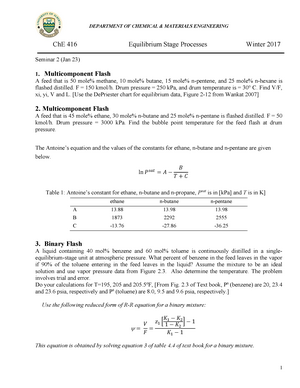
Įnthalpies of Vaporization of Organic Compounds: A Critical Review and Data Compilation, Blackwell Scientific Publications, Oxford, 1985, 300. The Vapor Pressure, Orthobaric Liquid Density, and Critical Constants of Isobutane, Thermodynamic Properties of Isobutane for Temperatures from 250 to 600 K and Pressures from 0.1 to 40 MPa, Thermodnamic Properties of Isobutane in the Critical Region, Vapor-Liquid Critical Properties of Elements and Compounds. The entropies of n-butane and isobutane with some heat capacity data for isobutane, The Heat Capacity and Entropy of Fusion and Vaporization and the Vapor Pressure of Isobutane, Thermophysical Properties of Propane from 85 to 700 K at Pressures to 70 MPa, NBS Monogr. Methane, Ethane, Propane, Isobutane, and Normal Butane, SRD 156 – Clathrate Hydrate Physical Property Database
#Depriester chart from n heptane at 300 kpa professional#
SRSD 3 – Web Thermo Tables (WTT), professional edition SRSD 2 – Web Thermo Tables (WTT), "lite" edition SRD 103b – Thermo Data Engine (TDE) for pure compounds, SRD 103a – Thermo Data Engine (TDE) for pure compounds. (TRC) data available from this site, much more physicalĪnd chemical property data is available from the In addition to the Thermodynamics Research Center Requires a JavaScript / HTML 5 canvas capable browser.Ĭoefficents calculated by NIST from author's data. Uncertainty assigned by TRC = 0.1 mol/l TRCīased on data from 277. Uncertainty assigned by TRC = 0.03 mol/l TRC Uncertainty assigned by TRC = 0.09 mol/l TRC Uncertainty assigned by TRC = 0.009 mol/l TRC Levelt Sengers, Kamgar-Parsi, et al., 1983 Uncertainty assigned by TRC = 0.001 l/mol TRC Uncertainty assigned by TRC = 5.×10 -10 bar TRCĪverage of 10 values Individual data pointsĪverage of 9 values Individual data points Uncertainty assigned by TRC = 2.×10 -10 bar TRC SteinĪverage of 24 out of 25 values Individual data pointsĪverage of 7 values Individual data points TRC - Thermodynamics Research Center, NIST Boulder Laboratories, Chris Muzny directorĭH - Eugene S. Secretary of Commerce on behalf of the U.S.A.īS - Robert L. Your institution may already be a subscriber.įollow the links above to find out more about the dataīy the U.S. With the development of data collections included in The purpose of the fee is to recover costs associated NIST subscription sites provide data under theĭata Program, but require an annual fee to access.

Therefore, it represents a cost-effective and time-saving screening tool to evaluate the extraction performance of the unlimited number of possible salt/complexing agents' combinations. COSMO-RS was able to reproduce the experimental tie-lines with a good accuracy in many cases. On the other hand, the performance of COSMO-RS to predict ternary liquid-liquid equilibrium diagrams for systems including DESs is also evaluated in this work for all available data. This will undeniably facilitate the separation procedure and thus reduce the cost of the separation process.

Moreover, our comprehensive literature survey has revealed that in many cases the use of DESs yields to a minimum cross-contamination between the two phases. This comparison confirms the capability of DESs to effectively extract aromatic compounds and shows that DESs can compete with ILs and even outclass them in some cases. The comparison between deep eutectic solvents (DESs) and both ionic liquids (ILs) and classical organic solvents for this challenging separation is also presented based on experimental selectivity and distribution ratio data. This paper surveys the existing data and presents a critical review that helps clarifying the major findings, identifies shortcomings and provides some recommendations. The reported experimental data for the separation of aromatic from aliphatic compounds using green solvents is growing exponentially.


 0 kommentar(er)
0 kommentar(er)
